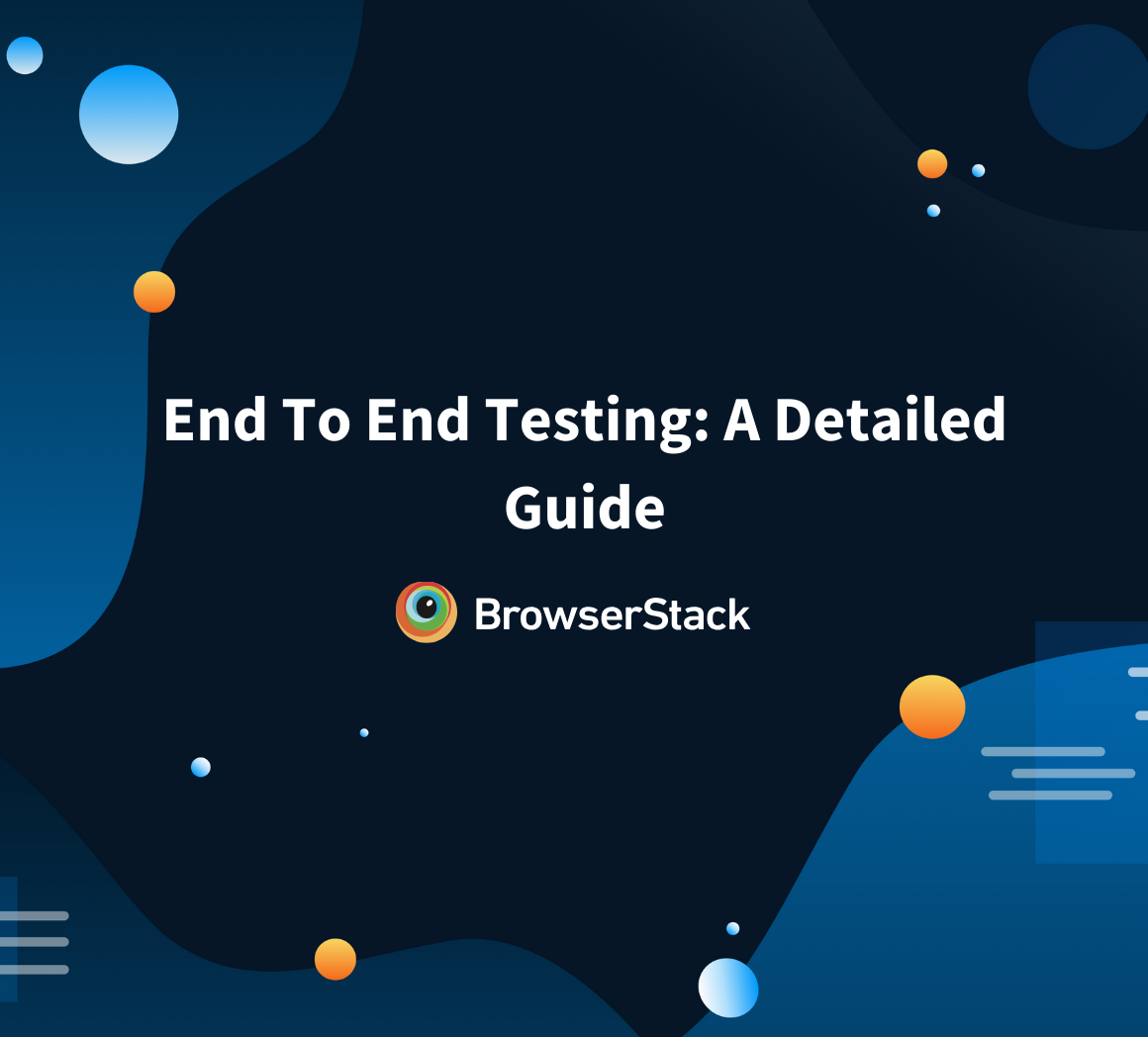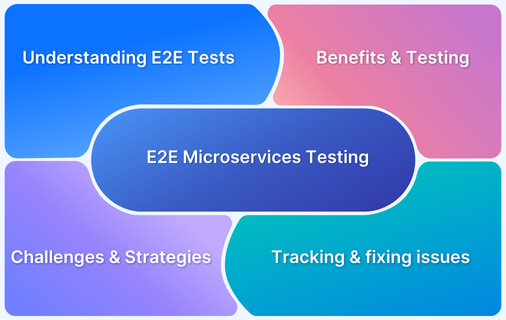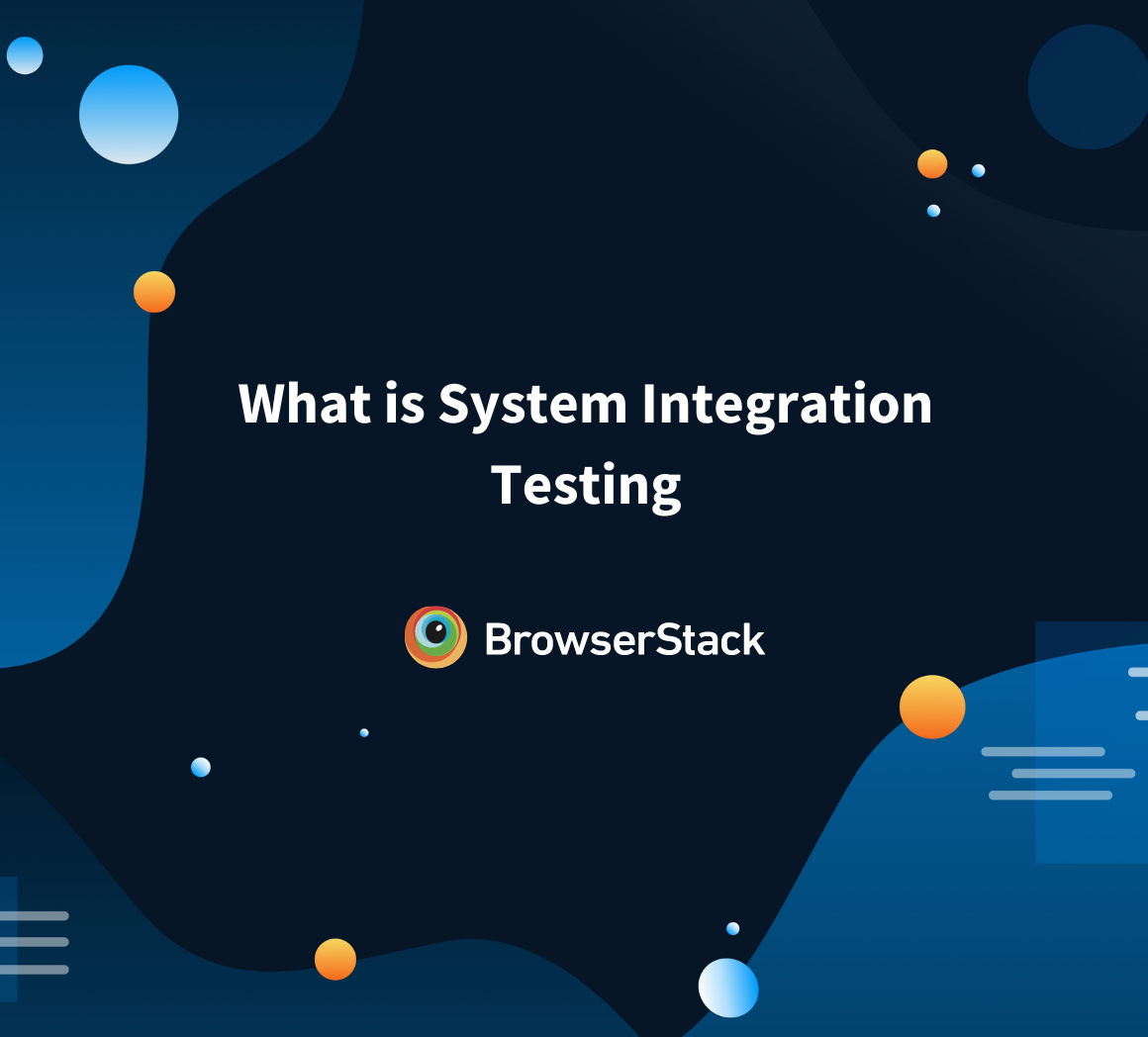In software development, seamless integration between system components is crucial, especially in microservices architecture. Traditional testing often fails to address integration issues effectively.
Overview
What is Contract Testing?
Contract Testing verifies interactions between services in a distributed system, ensuring they communicate correctly and remain compatible as they evolve.
Importance of Contract Testing
- Prevents integration failures and ensures services follow predefined contracts.
- Enables independent deployment and supports seamless integrations.
- Detects issues early to provide faster, reliable feedback.
Types of Contract Testing
- Consumer-Driven Contract Testing: Consumers define expectations, ensuring provider changes don’t break functionality.
- Provider-Driven Contract Testing: Providers set contracts, requiring consumers to align with predefined standards.
This article will give an overview of contract testing, its use cases, top tools, and best practices.
What is Contract Testing?
Contract testing ensures that the interactions between different software components adhere to predefined agreements, known as contracts.
These contracts serve as a formalized specification of the inputs, outputs, and behaviors expected by each component during communication.
By focusing on these agreements, contract tests validate whether a provider (a service delivering data) and a consumer (a service requesting data) can interact correctly without requiring full end-to-end testing.
For example:
Consider a payment gateway API (provider) and an e-commerce application (consumer). A contract test would validate that the API provides the correct response format, such as HTTP status codes and JSON structures, expected by the e-commerce application.
Importance of Contract Testing
The significance of contract testing lies in its ability to mitigate integration risks, foster independent development, and enhance overall system reliability.
Here are some key benefits:
- Ensures Compatibility: Contract tests verify that all components adhere to specified contracts, reducing the likelihood of runtime failures caused by incompatible changes.
- Supports Agile Development: Independent teams can develop and deploy services autonomously in an Agile or DevOps environment. By adhering to contracts, these teams ensure smooth integrations without extensive coordination.
- Accelerates Feedback: Unlike end-to-end tests, which can be time-consuming and brittle, contract tests provide quick feedback about integration issues, allowing teams to address them early in the development lifecycle.
Read More: Agile vs DevOps: What’s the Difference?
When to Use Contract Testing?
Contract testing is most beneficial in scenarios involving:
- Microservices Architectures: When multiple independently deployed services communicate with one another.
- Third-Party Integrations: When integrating with external APIs, ensure that API or consuming application changes do not break the integration.
- API Versioning: When managing different versions of an API to maintain backward compatibility with existing consumers.
Example Scenario
Restaurants expose APIs to share menu details in a food delivery platform. As the platform and restaurant APIs evolve, changes may impact integration. Contract testing ensures that modifications, such as a restaurant altering its menu endpoint, are detected early. This prevents disruptions and allows for timely corrective action.
Different Types of Contract Testing
Contract testing encompasses two primary approaches:
1. Consumer-Driven Contract Testing: The consumer defines expected interactions, forming a contract that the provider must adhere to. Ensures that provider changes don’t break consumer functionality.
Example: A weather app expects the /weather API to return temperature, humidity, and conditions. If the provider modifies the response structure, contract tests catch inconsistencies early.
2. Provider-Driven Contract Testing: The provider defines the contract, outlining how consumers should interact with its services. Consumers must align with this predefined structure.
Example: A payment gateway requires a POST /pay request with parameters such as amount and currency. Consumers who deviate from this format result in integration failures.
Key Terminologies in Contract Testing
Below are the key terminologies in contract testing:
- Consumer: The entity or service that makes requests to another service.
- Provider: The entity or service that responds to requests from consumers.
- Contract: A formal agreement defining the interaction between a consumer and provider.
- Pact: A widely used tool for implementing contract tests.
- Mock Server: A server that simulates provider responses during contract testing.
Use Cases of Contract Testing
Below are the important use cases of contract testing:
- Microservices Integration: Ensuring seamless communication between independently developed and deployed microservices.
- Third-Party API Testing: Validating that external APIs meet the expectations of consuming applications.
- Backward Compatibility: Guaranteeing that API changes do not break existing consumer functionality.
- Continuous Delivery Pipelines: Including contract tests in CI/CD workflows to detect integration issues early.
- Versioning Management: Validating multiple API versions against diverse consumer applications.
How Does Contract Testing Work?
Here are the steps that Contract testing follows:
- Define the Contract: Specify the expectations for interactions, including endpoints, request parameters, and response formats.
- Write Consumer Tests: Consumers write tests to validate that the provider fulfils their expectations.
- Share the Contract: The consumer shares the contract with the provider.
- Provider Verification: Providers use tools like Pact to validate their implementation against the shared contract.
- Integrate into CI/CD: Automate contract testing within the CI/CD pipeline to ensure ongoing compliance.
Difference Between Contract Testing and Integration Testing
Below are the key differences between contract testing and integration testing:
| Aspect | Contract Testing | Integration Testing |
|---|---|---|
| Focus | Validates interactions between services | Tests end-to-end functionality |
| Scope | Specific to contracts between components | Broader, covering all integrated systems |
| Speed | Faster, lightweight | Slower, more resource-intensive |
| Granularity | Focuses on individual interactions | Covers multiple layers of the system |
| Automation | Highly automatable in CI/CD | Requires more setup and maintenance |
Also Read: What is System Integration Testing
Top Tools for Contract Testing
Below are the top tools for contract testing:
- Pact: A widely used tool for consumer-driven contract testing. Pact allows consumers to define their expectations and provides tools for providers to verify their implementations against these expectations.
- Spring Cloud Contract: A Java-based framework that automates the process of contract testing for both consumers and providers.
- Swagger/OpenAPI: While OpenAPI defines the contract, contract testing tools like Pact or Dredd verify whether the API implementation adheres to the contract. OpenAPI serves as a blueprint, but contract testing tools perform the validation.
- Karate DSL: A framework that combines API testing and contract testing capabilities, offering an expressive DSL for test definitions.
- RestAssured: Primarily an API testing tool but can be extended for basic contract verification when combined with OpenAPI specifications.
Importance of Automation Testing
Automation is essential for scaling contract testing in modern development practices. Automating contract tests ensures:
- Consistent Validation: Repeatedly verifies compliance with minimal manual intervention.
- Early Detection: Catches integration issues early in the CI/CD pipeline.
- Scalability: Efficiently manages growing microservices ecosystems.
Using BrowserStack Automate to Enhance Contract Testing
Platforms like BrowserStack Automate enhance contract testing by providing a seamless platform for running tests across different environments.
Below are the key benefits of using BrowserStack Automate to enhance contract testing:
- CI/CD Integration: Easily integrates into CI/CD pipelines for smooth contract test execution.
- Real-World Testing: Runs tests on real devices and browsers, ensuring accurate results.
- Faster Execution: Supports parallel testing, reducing test time and speeding up feedback.
- Scalable: Handles growing microservices ecosystems with ease.
- Early Detection: Identifies integration issues early, preventing production issues.
- Efficient Debugging: Provides detailed logs and real-time feedback for quicker issue resolution.
Advantages of Contract Testing
Below are the key advantages of contract testing:
- Improved Reliability: Reduces integration failures by validating contracts.
- Enhanced Collaboration: Facilitates clear communication between consumers and providers.
- Faster Development Cycles: Supports independent development and faster deployments.
- Lower Maintenance Costs: Reduces reliance on expensive and brittle end-to-end tests.
Limitations of Contract Testing
Below are the limitations of contract testing:
- Limited Scope: Does not validate overall system behavior; focuses only on specific interactions.
- Dependency on Defined Contracts: Clear and well-maintained contracts are required for effective testing.
- Not a Replacement for Other Tests: It needs to be complemented by other testing methods, such as integration and end-to-end testing.
Best Practices to Perform Contract Testing
Here are the key best practices to perform contract testing:
- Define Clear Contracts: Ensure contracts are explicit and comprehensive.
- Automate Testing: Integrate contract tests into the CI/CD pipeline for continuous validation.
- Version Control Contracts: Use versioning to manage contract changes and maintain backward compatibility.
- Collaboration: Foster collaboration between consumer and provider teams for accurate contract definitions.
- Use Mock Servers: Leverage mock servers to simulate provider responses during development and testing.
Conclusion
Contract testing is vital for ensuring reliable integrations in modern software architectures. By verifying that components adhere to predefined contracts, teams can develop and deploy services independently while maintaining system integrity.
Combining contract testing with robust automation tools like BrowserStack Automate enables faster development cycles and more resilient systems.







